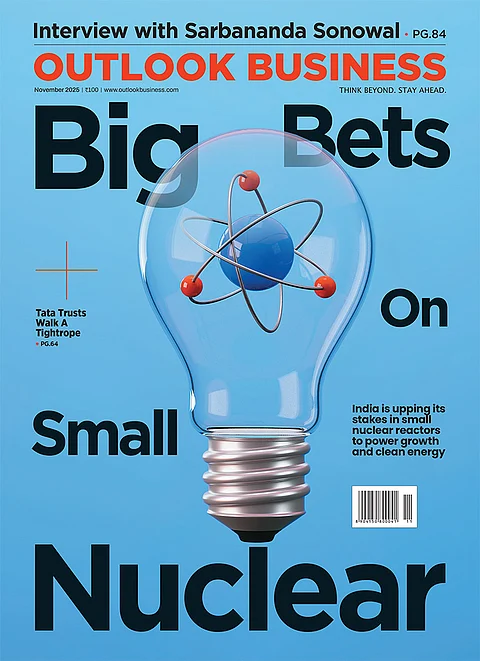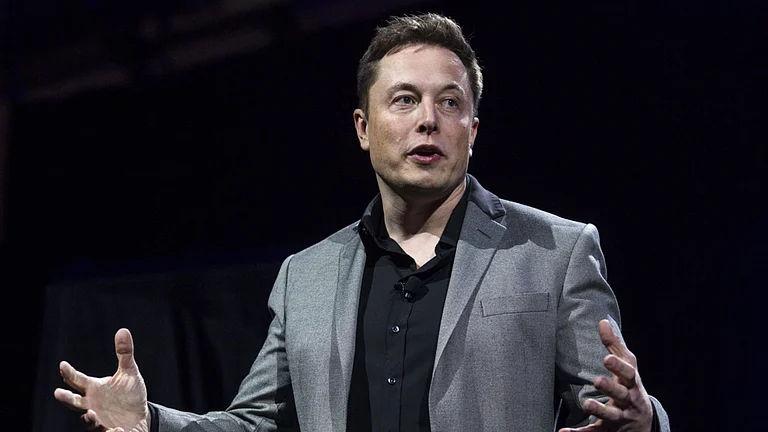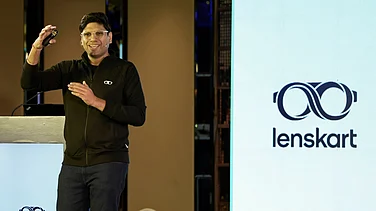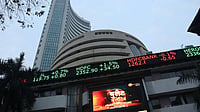
Tesla reported a strong Q3 2025 sales rebound, with deliveries up 7.5% YoY to 497,099 vehicles, surpassing expectations.
Analysts noted a solid recovery in China and incremental strength in the US, boosted by ending EV tax incentives.
They attribute the surge to the expiration of the $7,500 US EV tax credit, prompting buyers to act quickly.
The tax credit rush helped offset slower sales in China and boycotts in Europe and the US.
Elon Musk’s electric car giant, Tesla, on Thursday reported a “massive bounceback” in its vehicle sales for the third quarter of 2025, as quarterly deliveries rose 7.5% year-on-year to 497,099 vehicles. This exceeded market expectations of 447,000 units, according to US brokerage firm Wedbush. The company delivered 100,000 more cars compared to the earlier quarter.
“The company saw a solid rebound in China while experiencing incremental strength in the US, as Tesla benefited from a pull-forward in demand with EV tax incentives ending,” the brokerage said in a note.
Most analysts attribute the sales jump to the US government’s move to end a $7,500 electric vehicle tax credit on October 1. The credit, introduced during the Barack Obama era, had made EV prices comparable to petrol or diesel cars. The Trump administration had proposed ending the credit as part of wider changes to green transition incentives.
For Tesla, the tax credit expiration provided temporary relief as buyers rushed to purchase cars before it expired. This surge helped offset some of the sluggish sales caused by weak consumption in China and a reported boycott in Europe and US earlier.
How Tesla Performed in Q3
Tesla’s data showed that Model 3 and Model Y deliveries reached 481,200 in the quarter, exceeding the expected 425,100 units by market, while other models delivered 15,900 vehicles, slightly below the 16,000 estimate. Total production was 447,500 vehicles, boosted by ramped-up output at its Shanghai facility.
“China remains a positive point for Tesla despite increased competition from BYD, Nio, Xpeng, and others. The updated Model Y continues to drive demand, while the new six-seat Model Y L accounts for about 20% of Tesla China registrations, supporting potential growth in this key market,” Wedbush analysts led by Daniel Ives wrote.
They noted that Europe remains a weaker region due to a highly competitive EV market, though some stabilisation is visible as Tesla battles for market share.
Overall, analysts expect EV demand to decline following the tax credit expiration. Nevertheless, they called this “a great bounceback quarter” for Tesla, laying groundwork for future deliveries, but cautioned that more work is needed to regain market ground.
Tesla’s shares were down 5% in early trade on Friday, at $436 on Nasdaq at 4:00 PM IST. The stock has seen significant volatility over the past nine months amid Musk’s political entanglements and fluctuating EV demand. Shares dropped from a high of $428 in January to a low of $222 in March before partially recovering by May.
Why Tesla Needs a Comeback
Tesla will report its third-quarter earnings on October 22. In Q2 2025, the company posted total revenues of $22.5 billion, down 12% year-on-year, with a gross profit of $3.9 billion.
Revenue and profit have declined steadily over the past several quarters, from $25.5 billion in Q2 2024 to a low of $19.3 billion in Q1 2025. Net income fell from $1.4 billion in Q2 2024 to $0.4 billion in Q1 2025, rebounding slightly to $1.2 billion in Q2 2025.
The decline has been attributed to intense competition in Europe and China. Tesla lost the top global EV maker crown to Chinese rival BYD in 2024, with BYD reporting $107 billion in revenue versus Tesla’s $97.7 billion. Last year, BYD’s sale grew by 40% year-on-year. It was fueled by low-cost models like the Qin L sedan (priced at roughly half of the Model 3). It drove a 34% net profit increase to $5.6 billion for the Chinese car maker.
In China, which accounts for about 20% of Tesla’s revenue, competition was even more intense. Players like Nio, Xpeng, and Xiaomi slashed prices amid slowing luxury spending, intensifying Tesla’s market challenges.
Back in the US, Tesla faced a violent boycott this year after Musk oversaw a wave of layoffs in the federal government offices under his DOGE unit. He fired thousands of government workers in the first half of 2025, which sparked protests against his companies. Tesla showrooms were vandalised and celebrity owners posted videos of themselves selling their Teslas.
All Eyes of Autonomous Driving
For a long time, analysts have been bullish on Tesla coming out with an autonomous driving car. Instead, they were served technologies like "Full Self Driving" and "Autopilot," which provide driver assistance but can't drive a car without human help.
CEO Musk on several occasions has told analysts that the company's self-driving cars are ready and will be on the road soon. For this he has faced several legal challenges from investors and Tesla users.
This year in June, Tesla finally launched its Robotaxi service in Austin, Texas. Under the service, Tesla Model Y vehicles operate with a “safety monitor” in the front passenger seat to intervene if needed. It is still working within a geofenced area. The company plans to expand Robotaxi operations to more US cities, scale its fleet and eventually deploy its purpose-built Cybercab vehicle, though it is still not a driverless car.
Despite this, Wedbush analysts say all eyes are still on autonomous technology despite strong deliveries.
"We believe Tesla could reach a $2 trillion market cap early 2026 in a bull-case scenario and $3 trillion by the end of 2026 as full-scale volume production begins of the autonomous and robotics roadmap,” they wrote. Adding that the AI valuation will start to get unlocked in the Tesla story. They believe the march to an AI-driven valuation for Tesla over the next 6-9 months has now begun, with FSD and autonomous penetration of Tesla's installed base and the acceleration of Cybercab.
They estimate that Tesla will own about 70% of the global autonomous market over the next decade. Though, they are waiting for the October 22 financial announcement to see if the company has finally overcome its slump and by when it will start delivering on its self-driving promises.

































